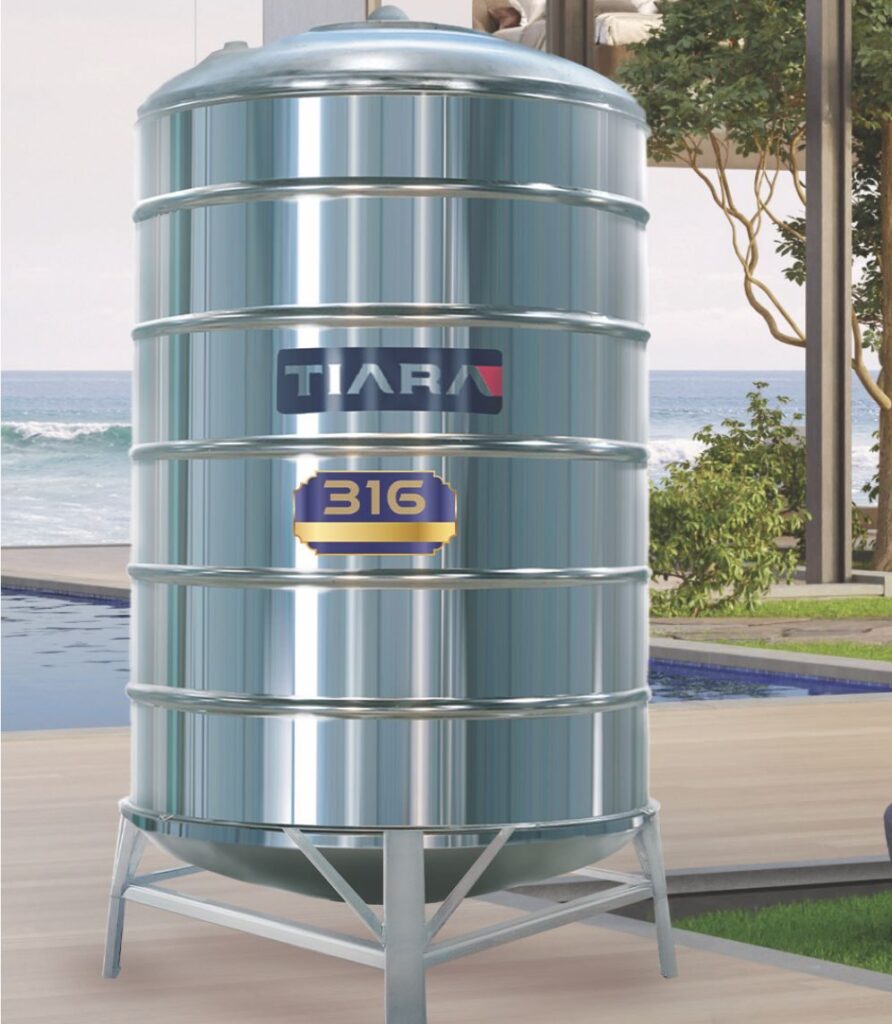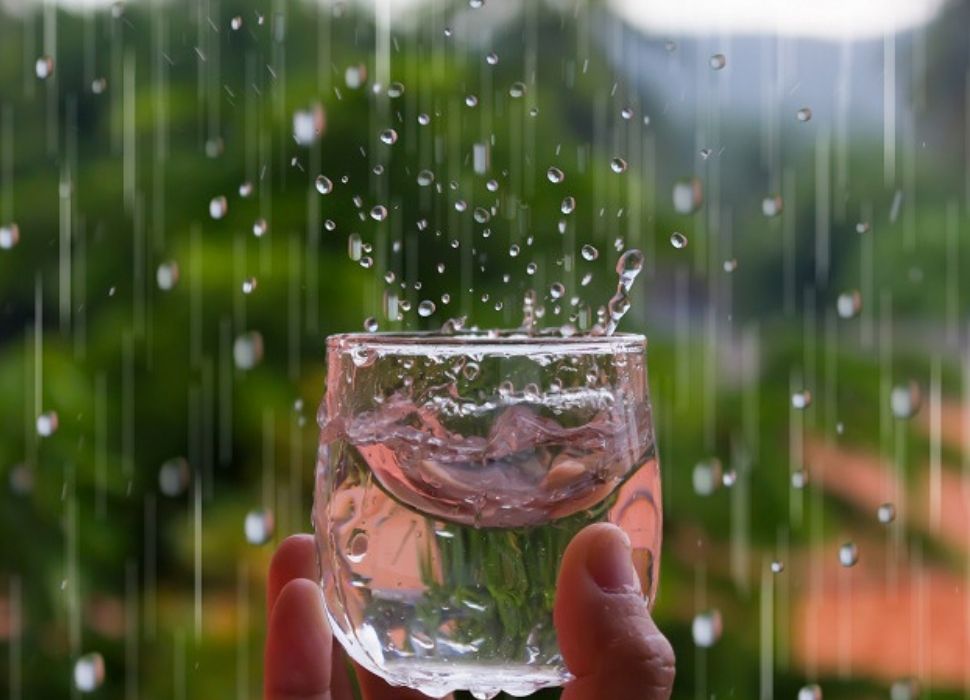
Rainwater Harvesting: A Solution for India's Water Crisis
India, known for its diverse climate and monsoon rains, faces a paradoxical challenge of water scarcity in many regions. As climate change exacerbates water shortages, innovative solutions like rainwater harvesting have emerged as crucial strategies to mitigate the crisis. This article explores the concept, benefits, and practical tips for implementing rainwater harvesting systems using stainless steel tanks, which are increasingly popular due to their durability and efficiency.
Understanding Rainwater Harvesting
Rainwater harvesting involves the collection and storage of rainwater for later use rather than allowing it to run off into drains and sewage systems. This ancient practice has gained renewed attention globally for its sustainable approach to water management. In India, where seasonal rains are vital for agriculture and communities, harvesting rainwater can significantly alleviate pressure on groundwater reserves and municipal water supplies.

Benefits of Rainwater Harvesting
Conservation of Groundwater: By capturing rainwater, less pressure is placed on underground aquifers, which are often over-extracted and depleted.
Cost-Effectiveness: Once installed, rainwater harvesting systems can reduce dependence on costly municipal water supplies, especially in drought-prone areas.
Environmental Sustainability: It reduces runoff, which can otherwise lead to soil erosion and urban flooding, while also improving water quality by minimizing pollutants entering natural water bodies.
Community Resilience: Harvested rainwater can be used for various purposes such as irrigation, household chores, and even drinking (with proper filtration), enhancing community self-sufficiency during water shortages.
Practical Tips for Implementing Rainwater Harvesting with Stainless Steel Tanks
Stainless steel tanks are an excellent choice for rainwater storage due to their durability, resistance to corrosion, and suitability for safe drinking water storage. Here’s how to effectively implement a rainwater harvesting system using stainless steel tanks:
Assess Water Needs: Determine how much water your household or community requires annually for various uses (e.g., drinking, irrigation, sanitation).
Calculate Catchment Area: Measure the roof area where rainwater will be collected. Every 1,000 square feet of catchment area can yield approximately 600 gallons of water per inch of rainfall.
Choose Tank Size: Select stainless steel tanks based on your water needs and available space. Tanks should be covered to prevent contamination and evaporation.
Install Filtration System: Use a first flush diverter and mesh filters to remove debris and contaminants before water enters the tank. This ensures water quality and prolongs the life of the tank.
Integrate Overflow System: Design an overflow mechanism to redirect excess water once the tank is full. This prevents flooding and allows excess water to recharge groundwater or flow to other collection points.
Maintenance: Regularly clean the tank and filters to prevent sediment buildup and ensure water quality. Inspect gutters and pipes for blockages or leaks.
Educate and Involve the Community: Encourage neighbors and local communities to adopt rainwater harvesting practices. Collaborate with local authorities for incentives or subsidies to promote widespread adoption.

Conclusion
Rainwater harvesting, particularly with stainless steel tanks, presents a sustainable and effective solution to India’s water crisis. By capturing and utilizing rainwater, communities can reduce dependence on unreliable water sources and contribute to environmental conservation. As India continues to face water challenges exacerbated by climate change, embracing such innovative solutions becomes increasingly urgent for ensuring water security and resilience for future generations. By implementing rainwater harvesting systems, powered by robust stainless steel tanks, communities can not only adapt to water scarcity but also thrive in a sustainable manner.
Incorporating rainwater harvesting into urban and rural planning policies can further amplify its impact, creating a more water-secure and environmentally conscious India


